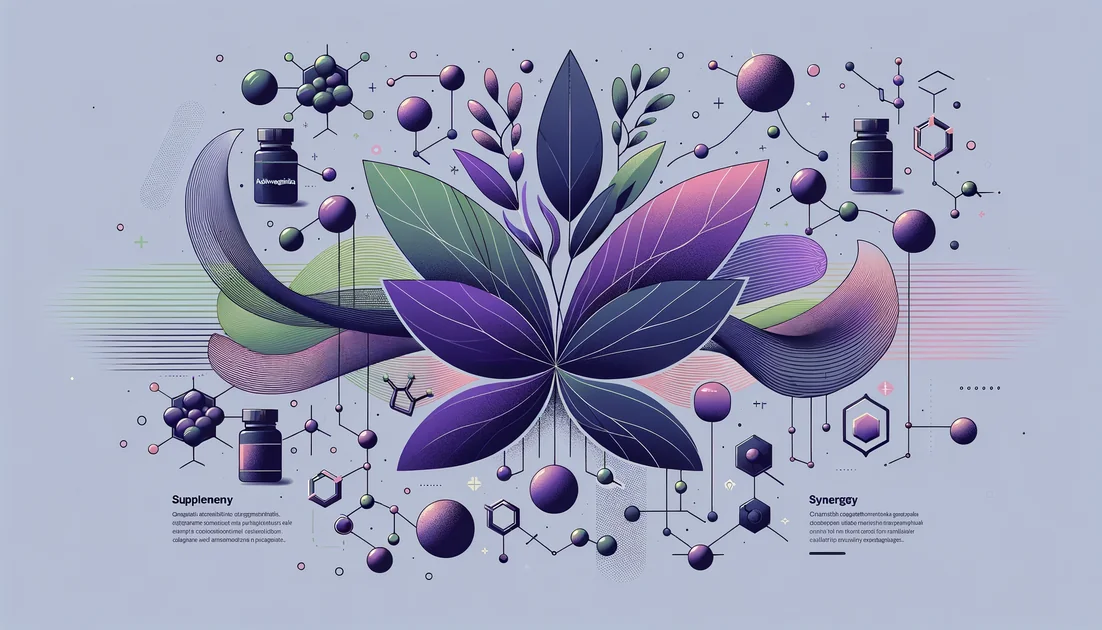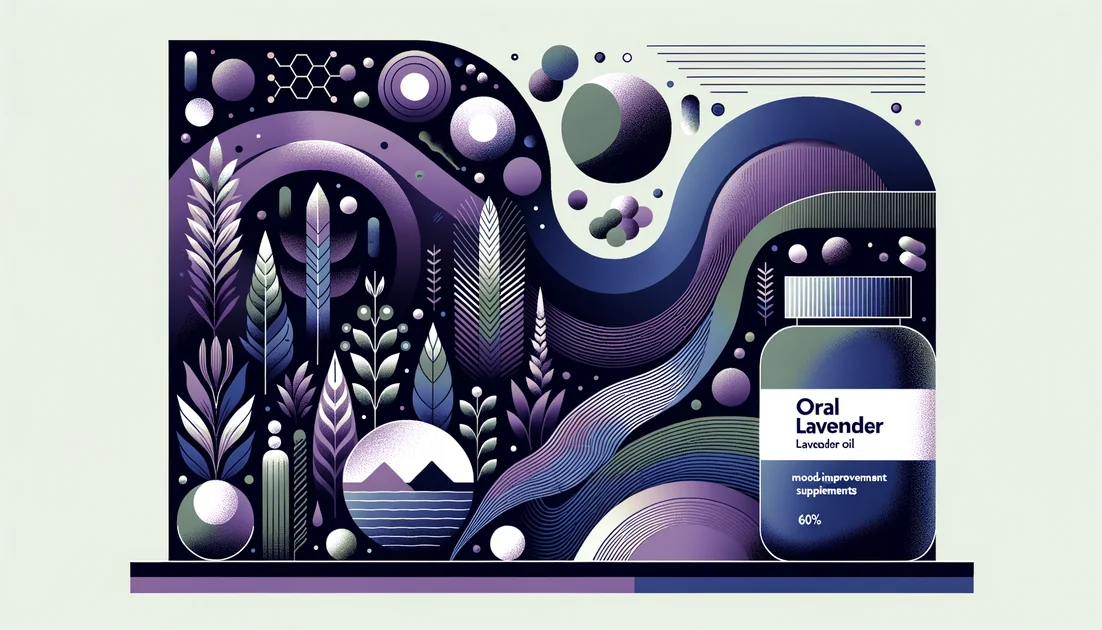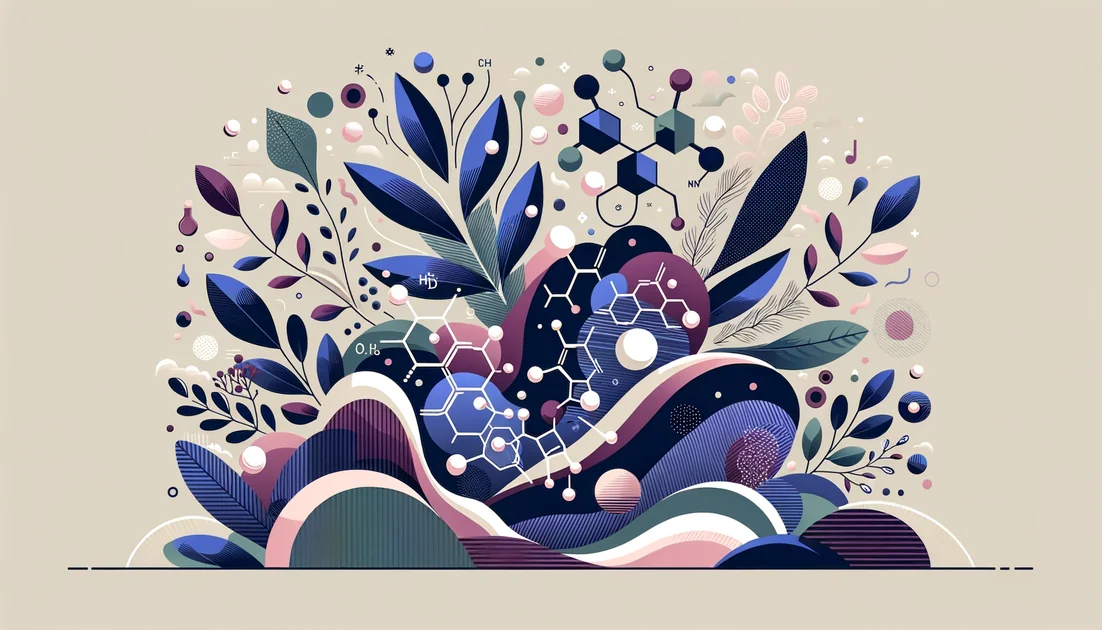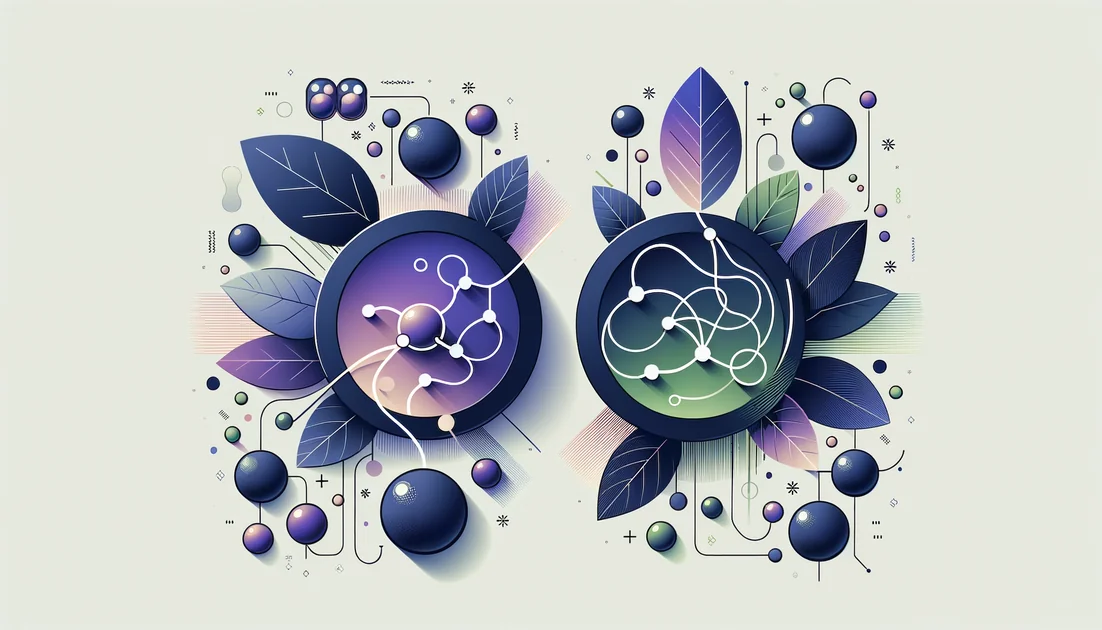
Ashwagandha + Rhodiola
Ashwagandha + Rhodiola: Calm Energy or Just Hype?
Quick Summary
The Verdict
Dual CoreEssential Core: Ashwagandha, Rhodiola
Beneficial Additions: L-theanine, Magnesium glycinate
Optional Additions: B-complex
The Synergy Hypothesis
Ashwagandha quiets the stress alarm and helps you sleep; Rhodiola fuels daytime drive by supporting key brain messengers. Used in opposite dayparts, they could cover both sides of the stress cycle for 'calm energy.' [1][2][4][9].
How the system works →
Think of your stress system like a thermostat with day/night modes. In the morning, Rhodiola nudges motivation chemistry so you can start and sustain tasks without a crash. At night, Ashwagandha helps the system stand down so you can recharge. With consistent timing, the stack may smooth daily ups and downs—yet this is a theory based on how each herb works alone, not on combination trials. [1][2][4][6][12].
Solo vs Combination
Solo Ashwagandha: best for stress, sleep, and possibly cortisol—great if nights are the problem, but daytime fatigue might remain. Solo Rhodiola: best for stress-related fatigue and attention—great for work blocks, but evenings may stay wired. Together (timed apart): you may smooth out both ends of the day—yet benefits appear additive rather than proven synergistic, so confirm you need both before committing. [1][2][4][6].
The Ingredients
Ashwagandha +
primary active• essential
Turns down the body's stress alarm (HPA axis), often lowering cortisol and promoting calm and sleep; may also nudge calming GABA signals. Think of it as the 'dim-mer switch' for stress. [1][2][8][22].
Works Alone?
Yes
Needs combination
What if I skip this? (moderate impact, combo survives)
- •You lose the 'calm/sleep' half of the stack
- •The combo tilts stimulating and may worsen insomnia in sensitive people.
Rhodiola +
primary active• essential
Supports 'get-up-and-go' by tuning brain messengers (like serotonin, norepinephrine, dopamine) and easing stress fatigue—like adding a steady throttle without red-lining the engine. [4][5][6][9][17].
Works Alone?
Yes
Needs combination
What if I skip this? (moderate impact, combo survives)
- •You lose the 'drive/focus' half of the stack
- •The combo becomes mostly calming and could feel sedating for some.
How They Work Together
Ashwagandha + Rhodiola
dual pathway
- •One calms the stress alarm
- •The other boosts steady energy—together aiming for calm focus.
Ashwagandha helps dial down cortisol and supports GABA for relaxation, while Rhodiola nudges monoamines to fight fatigue. It's like pairing noise-canceling headphones (calm) with a gentle volume boost (energy). [1][2][4][5][9].
Ashwagandha ↓ cortisol + Rhodiola ↑ monoamines → Calm energy
Noise-canceling + volume knob
Rhodiola
dual pathway
Rhodiola extracts can inhibit MAO-A/B and modulate the stress system, supporting serotonin, norepinephrine, and dopamine signaling against fatigue. [9][17].
Rhodiola → Monoamines ↑ → Energy/focus
Keeps the 'drive' signals from fading too fast
Ashwagandha
dual pathway
Ashwagandha often lowers cortisol and shows GABA-like calming activity in lab models, which can translate to better sleep scores in trials. [1][2][8].
Ashwagandha → Cortisol ↓ & GABA-like ↑ → Sleep/calm ↑
Dimmer switch for stress
Rhodiola + Ashwagandha
competitive
Different push-pull effects on brain chemistry and stress hormones mean simultaneity can feel 'off' for sensitive users; spacing (AM vs PM) often works better. [13][24][25].
Rhodiola ↑ (AM) + Ashwagandha ↓ (PM)
Don't floor the gas and hit the brakes at the same time
Rhodiola
competitive
Certain Rhodiola products inhibit CYP enzymes in test systems; clinical relevance varies by product and dose—so check meds. [10].
Rhodiola —| CYPs → Drug levels ↑ (possible)
Clogs some of the liver's 'dishwashers'
How the system works in detail →
Think of your stress system like a thermostat with day/night modes. In the morning, Rhodiola nudges motivation chemistry so you can start and sustain tasks without a crash. At night, Ashwagandha helps the system stand down so you can recharge. With consistent timing, the stack may smooth daily ups and downs—yet this is a theory based on how each herb works alone, not on combination trials. [1][2][4][6][12].
How to Take This Combination
Timing Protocol
- •Morning (empty stomach): Rhodiola 200–300 mg. Evening (with food or 30–60 min before bed): Ashwagandha 300 mg. Try each solo for 3–4 days before combining
- •Then run the combo for 6–8 weeks before judging.
Doses
Ashwagandha: 300 mg in the evening (with food) to support wind-down and sleep. [2][13][14].
Rhodiola: 200–300 mg in the morning (empty stomach) for clean daytime energy. [4][7][13].
⚠️ Order matters
- 1.
Morning: Rhodiola for gentle 'go'
- 2.
Evening: Ashwagandha for 'slow down' and sleep
Can add:L-theanine (daytime jitters), Magnesium glycinate (evening wind-down), B-complex (general stress support)
Should avoid:High-dose stimulants late day (with Rhodiola), Sedatives or CNS depressants without medical advice (with Ashwagandha), MAOIs/SSRIs without clinician oversight (Rhodiola has MAO/serotonergic signals) [17][23].
The Evidence
0 combination studies — no direct combo studies 0 pharmacokinetic, 0 clinical, 1 mechanistic
Read full technical summary →
Ashwagandha tends to calm the stress system and improve sleep, while Rhodiola tends to lift mental energy and reduce fatigue. That makes a neat "calm energy" theory, but there are no clinical trials testing the two together against each alone. Use it like a seesaw: Rhodiola earlier in the day for drive, Ashwagandha later for wind-down. Start low, monitor mood/sleep, and be mindful of medication interactions and rare liver-injury case reports. [1][4][6][7][8][12][15][16].
Cost
Estimated Monthly Cost
$22–38/month for both (typical US online pricing).
View breakdown →
Ashwagandha: $10–18/month
Rhodiola: $12–20/month
- •Good value if you truly need both 'calm' and 'energy'
- •Otherwise run a single-herb trial first.
Money-saving options
- Use only Ashwagandha at night for sleep/anxiety ($10–18/month).
- Use only Rhodiola in the morning for fatigue/focus ($12–20/month).
Alternative Approaches
Ashwagandha + L-Theanine (evening calm)
Ashwagandha, L-Theanine
+Maximizes wind-down and sleep with minimal stimulation.
−May not boost daytime drive.
Choose if:If sleep, anxiety, and evening rumination are your main issues.
Rhodiola + Caffeine + L-Theanine (daytime focus)
Rhodiola, Caffeine, L-Theanine
+Well-studied caffeine+theanine combo for attention; Rhodiola adds fatigue resistance.
−Stimulant-leaning; not ideal for insomnia-prone.
Choose if:You need sharp focus and clean energy for work blocks.
Single-adaptogen rotation
Rhodiola (AM) or Ashwagandha (PM), alternating in 4–8 week blocks
+Simpler, easier to read effects; may reduce tolerance.
−Doesn't cover both day/night in the same week.
Choose if:If you're sensitive or on interacting meds.
Safety Considerations
General: short-term use of each herb is usually well-tolerated in studies, but long-term data are limited. Rhodiola can cause insomnia, jitteriness, or GI upset in some; take earlier in the day. Ashwagandha may cause drowsiness or GI upset; rare case reports link it to drug-induced liver injury (DILI). Certain EU regulators advise against Ashwagandha in specific groups (pregnancy/breastfeeding, endocrine disorders, liver/heart issues, under 18). If you take serotonergic drugs or medicines with a narrow safety window, consult your clinician. [4][6][7][10][11][15][16][23].
⚠️ Contraindications
- ✗Pregnant or breastfeeding individuals (precautionary). [16].
- ✗People under 18 (regulatory caution in EU). [16].
- ✗Those with thyroid disease or on thyroid meds (Ashwagandha can affect thyroid indices). [22].
- ✗History of liver disease or unexplained jaundice (Ashwagandha rare DILI case reports). [15].
- ✗On SSRIs/SNRIs/MAOIs or strong CYP-substrate drugs (Rhodiola interactions possible; clinician oversight needed). [10][23].
- ✗With low blood pressure or significant insomnia (Rhodiola can lower BP or disturb sleep in some; time dosing carefully). [7][23].
Common Misconceptions
- ✗"Adaptogens are always gentle." Reality: dose and timing matter; some people feel wired or too sedated.
- ✗"Herbs don't interact with medicines." Reality: Rhodiola products can inhibit CYP enzymes in vitro; check meds. [10].
- ✗"Ashwagandha is automatically safe for everyone." Reality: rare liver-injury case reports and endocrine effects mean some people should avoid it. [15][16][22].
- ✗"More is better." Reality: Rhodiola can be hormetic (too much feels worse). Start low. [18].
Common Questions
Can I take just one (Ashwagandha or Rhodiola) instead of both?
When should I take them?
Is this combo proven to be better together?
Do I need to cycle them?
Interaction Network Details →
Ashwagandha:The calming root that helps down the stress alarm.
Rhodiola:The arctic root that helps fight mental fatigue.
HPA axis balance:Your stress thermostat that controls cortisol.
Cortisol:Main stress hormone—too high for too long drains you.
Monoamines:Brain chemicals (like serotonin and dopamine) that affect mood and drive.
Calmer sleep:Falling asleep easier and staying asleep.
Mental energy:More get-up-and-go and attention.
Stress resilience:Handling challenges without burning out.
Visual network diagram coming in future update
You might also like
Explore more of our evidence-led investigations, comparisons, and guides across every article style.

Seeking Health
Testing-forward nutrigenomics brand with gold-standard facility certs—but COAs on request and premium price tags



L-Methionine
You're told to eat your protein because it contains essential amino acids—yet, in labs around the world, scientists extend lifespan in animals by dialing one of those amino acids down. Meet L-methionine, the body's sulfur-bearing starter pistol for protein building—and the subject of a century-long plot twist.


Tocotrienols
The stealthier cousins of vitamin E—built with springy tails that move differently in cell membranes and behave differently in your body.
